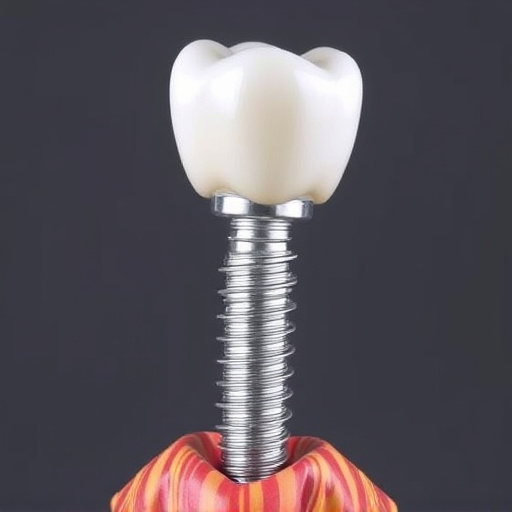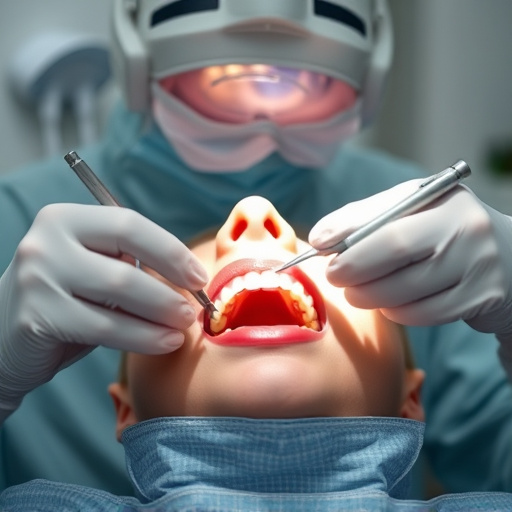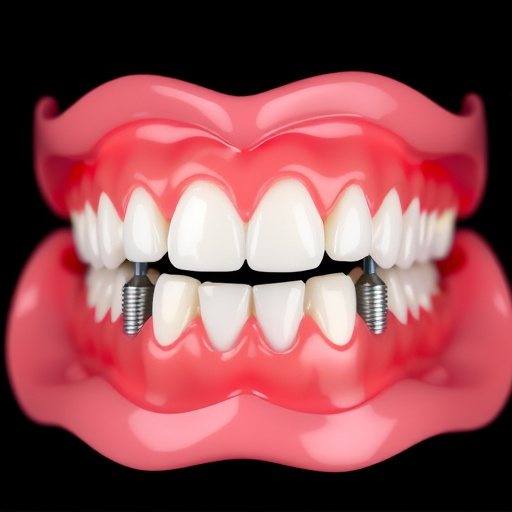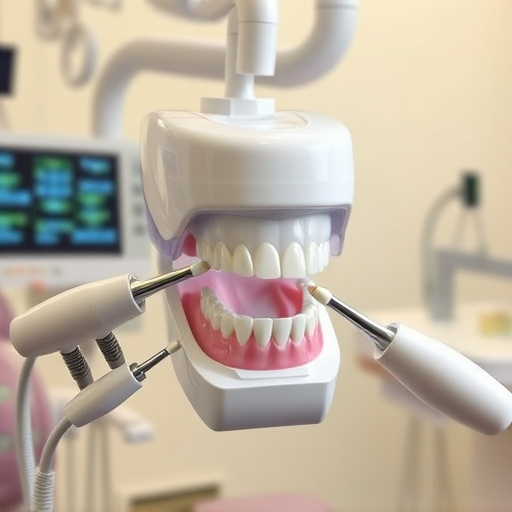Orthodontic treatment costs vary widely depending on factors like location, treatment complexity (from simple clear aligners to severe procedures), duration, and provider expertise. Metropolitan areas tend to have higher prices than rural regions. More intricate cases and longer treatments are pricier. Family dentistry practices often offer more affordable options, tailored plans, and integrate preventive care, managing costs effectively.
“Understanding the costs of orthodontic treatment options is crucial for anyone considering straightening their teeth. This comprehensive guide delves into the factors influencing these expenses, offering insights on how geographic location, treatment plan complexity, and duration impact pricing.
We explore the wide range of orthodontic treatment options, from traditional braces to innovative clear aligner systems, analyzing their cost-effectiveness. Additionally, we navigate insurance coverage and financing opportunities, providing tips to maximize benefits and manage out-of-pocket costs, ensuring accessible, affordable orthodontic care.”
- Factors Influencing Orthodontic Treatment Costs
- – Discussing the variables that contribute to the pricing of orthodontic services.
- – Considering geographic location, complexity of treatment plans, and duration.
Factors Influencing Orthodontic Treatment Costs
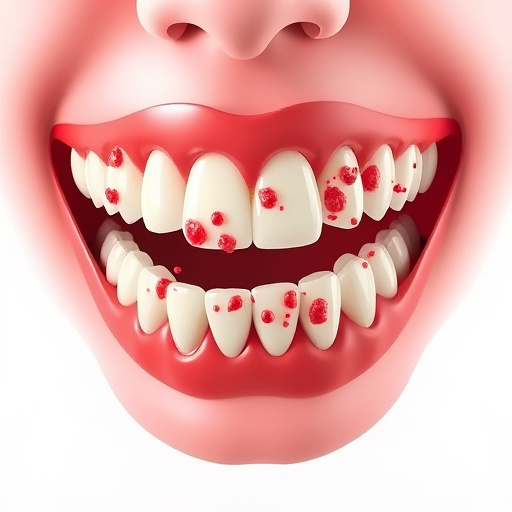
The cost of orthodontic treatment can vary greatly depending on several factors. One key influencer is the complexity and severity of the dental misalignment. Simple cases might require less intensive treatments, like clear aligners or traditional braces, which are generally more affordable. In contrast, severe malocclusions may necessitate advanced procedures such as wisdom tooth removal or extensive orthodontic surgery, significantly driving up costs.
Another significant factor is the chosen treatment provider and the geographical location. Rates for orthodontic services can vary widely between family dentistry practices and specialized orthodontic clinics. Additionally, urban areas tend to have higher dental care costs compared to suburban or rural regions due to factors like supply and demand dynamics as well as operational expenses. Comprehensive dental care that incorporates regular check-ups, cleanings, and other preventive measures into the treatment plan can also influence overall pricing.
– Discussing the variables that contribute to the pricing of orthodontic services.
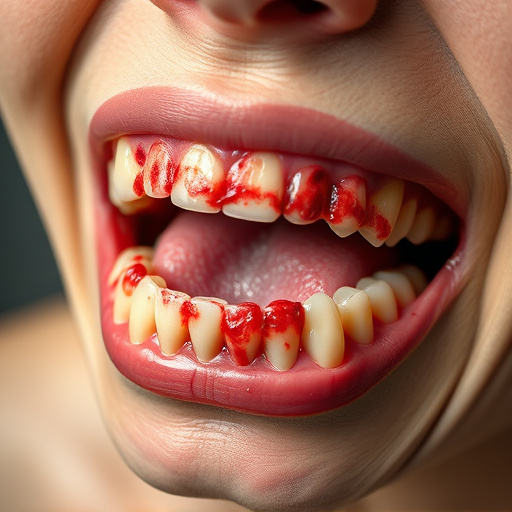
The pricing of orthodontic services is influenced by a multitude of factors, making it essential for patients to understand the cost implications of various orthodontic treatment options. One key determinant is the complexity and duration of the treatment plan required to address specific dental issues. More intricate cases involving severe misalignments or bite problems will generally incur higher costs due to extended treatment periods and potentially more extensive procedures. Additionally, advanced technologies and customized appliances used in modern orthodontic treatment options can significantly impact pricing.
Another variable is the provider’s expertise and location. Specialist orthodontists with advanced training and those practicing in urban areas often charge premium rates. Meanwhile, preventive dentistry and regular check-ups form a crucial aspect of overall oral health management, influencing long-term costs. Even emergency dental care, while not directly related to orthodontic treatment, can contribute to the overall financial burden when unexpected issues arise. Family dentistry practices also play a role in managing dental expenses by offering affordable options and tailored plans for patients at different stages of life.
– Considering geographic location, complexity of treatment plans, and duration.
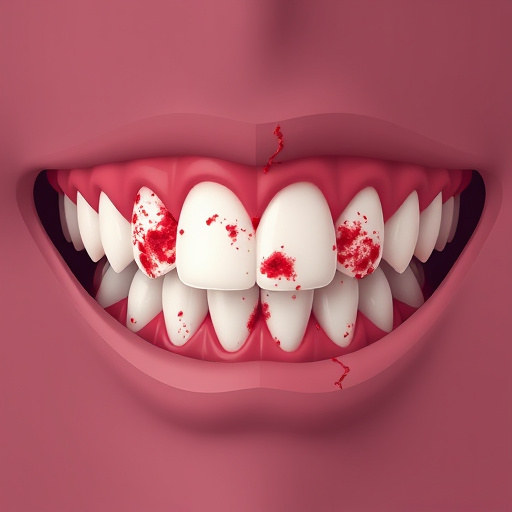
When considering orthodontic treatment options, several factors significantly influence the cost. One of the primary variables is geographic location, as fees for dental services can vary widely from one region to another due to differences in living expenses and local economic conditions. For instance, metropolitan areas often have higher costs compared to smaller cities or rural towns.
Moreover, the complexity of treatment plans plays a crucial role. Advanced procedures like orthognathic surgery or intricate alignments requiring custom-made appliances will generally be more expensive than simpler straightening treatments. Similarly, duration is essential; longer treatments necessitate more appointments and thus accrue additional charges. For example, while clear aligners might be a popular and effective cosmetic dentistry option for mild cases, they can extend the treatment timeline and cost compared to traditional metal braces. On the other hand, children’s dentistry often involves less complex plans, making them relatively more affordable.
Understanding the costs associated with different orthodontic treatment options is crucial for making informed decisions about your dental health. By considering factors like geographic location, treatment plan complexity, and duration, you can navigate the pricing landscape more effectively. Remember that while cost should be a factor, it’s also important to weigh the quality of care and the reputation of the orthodontist. With this knowledge, patients can choose the best option that aligns with their budget and desired outcomes for a straighter, healthier smile.









